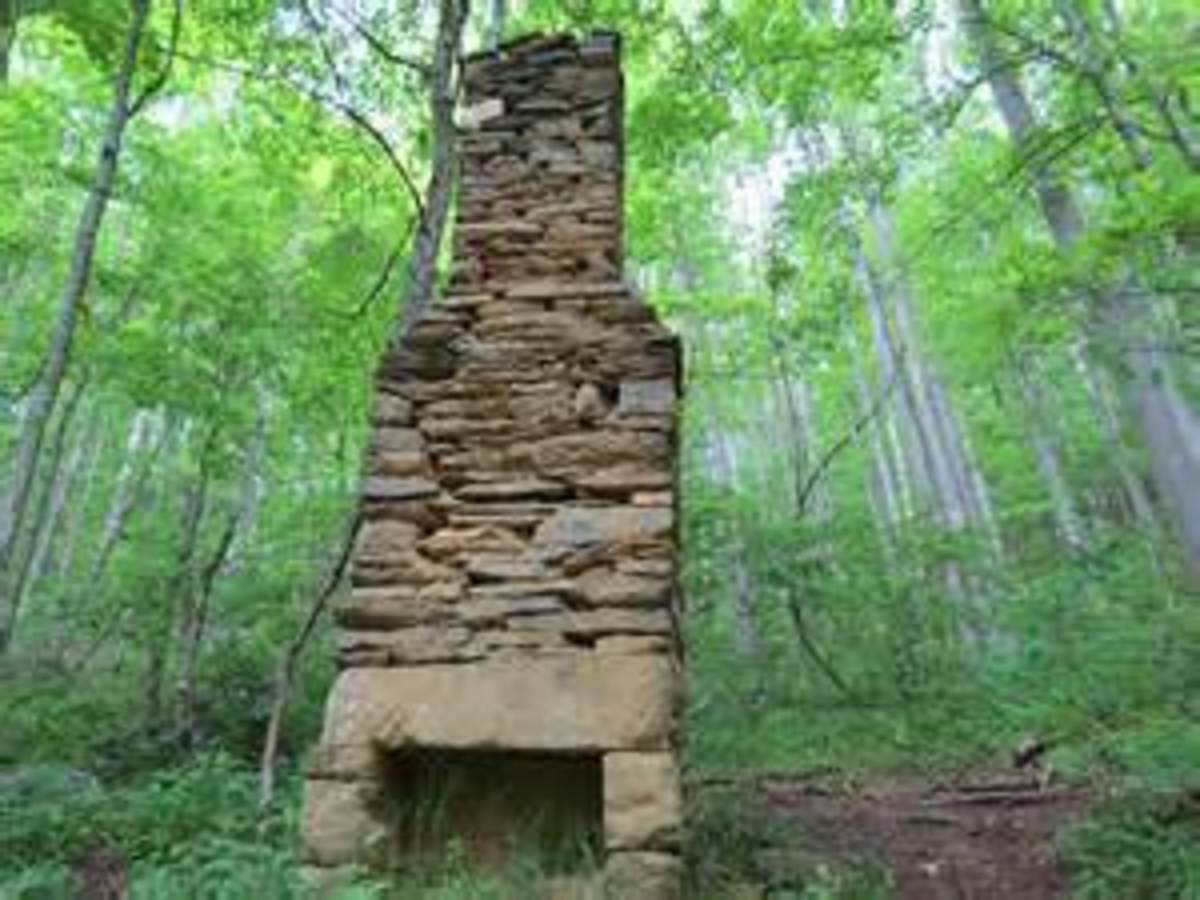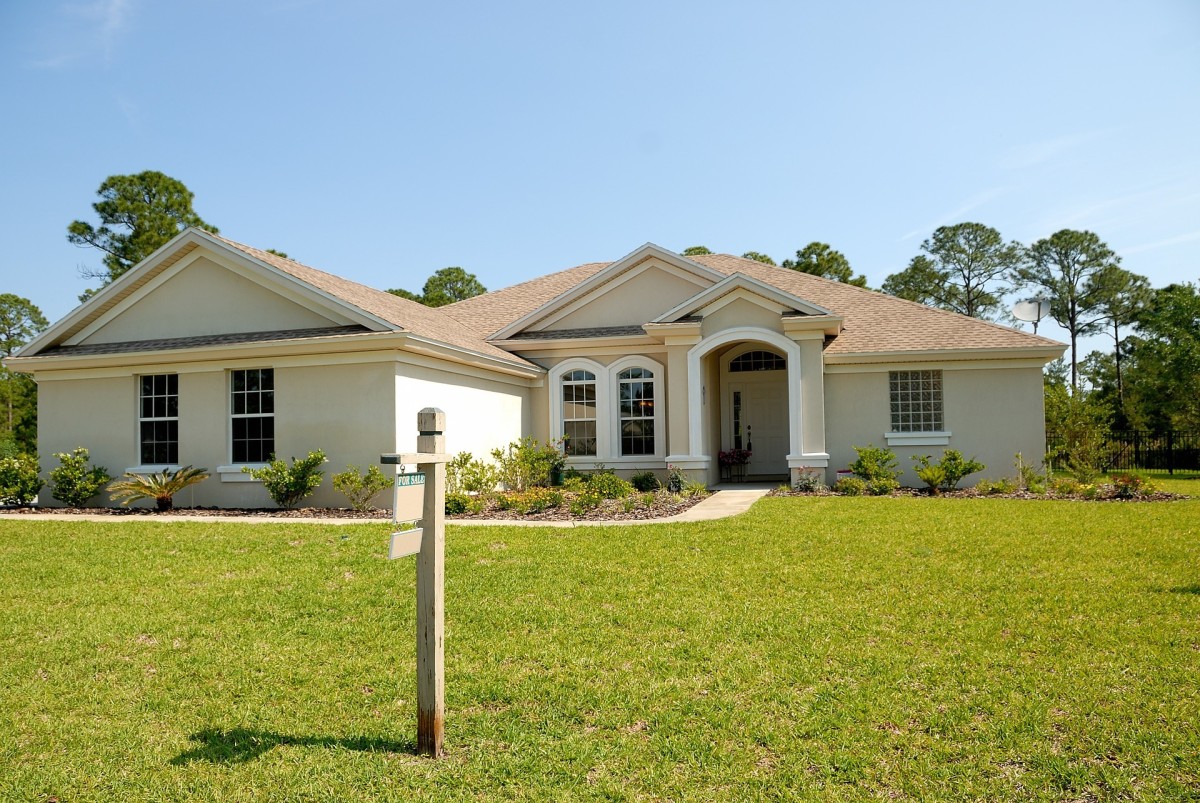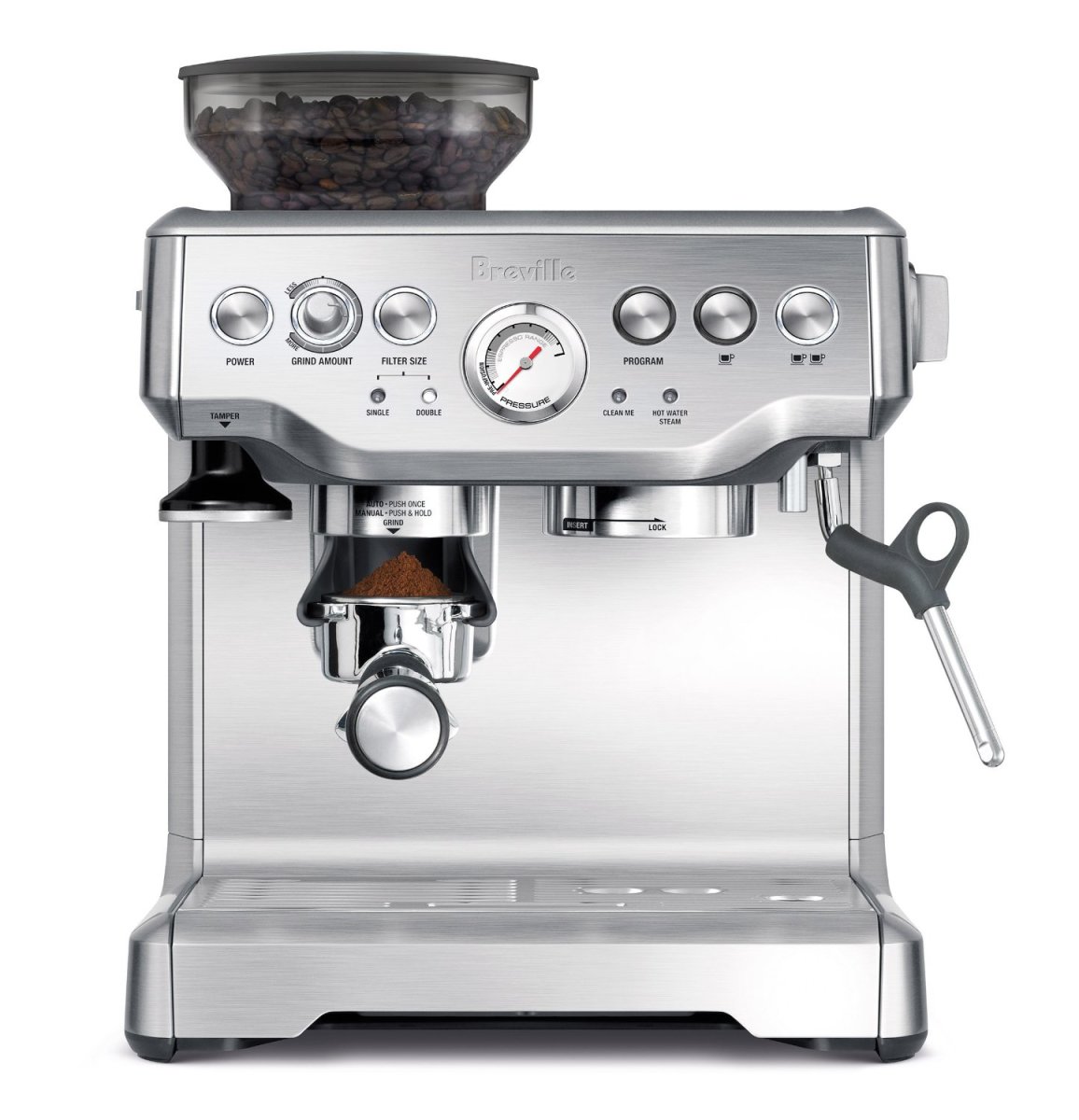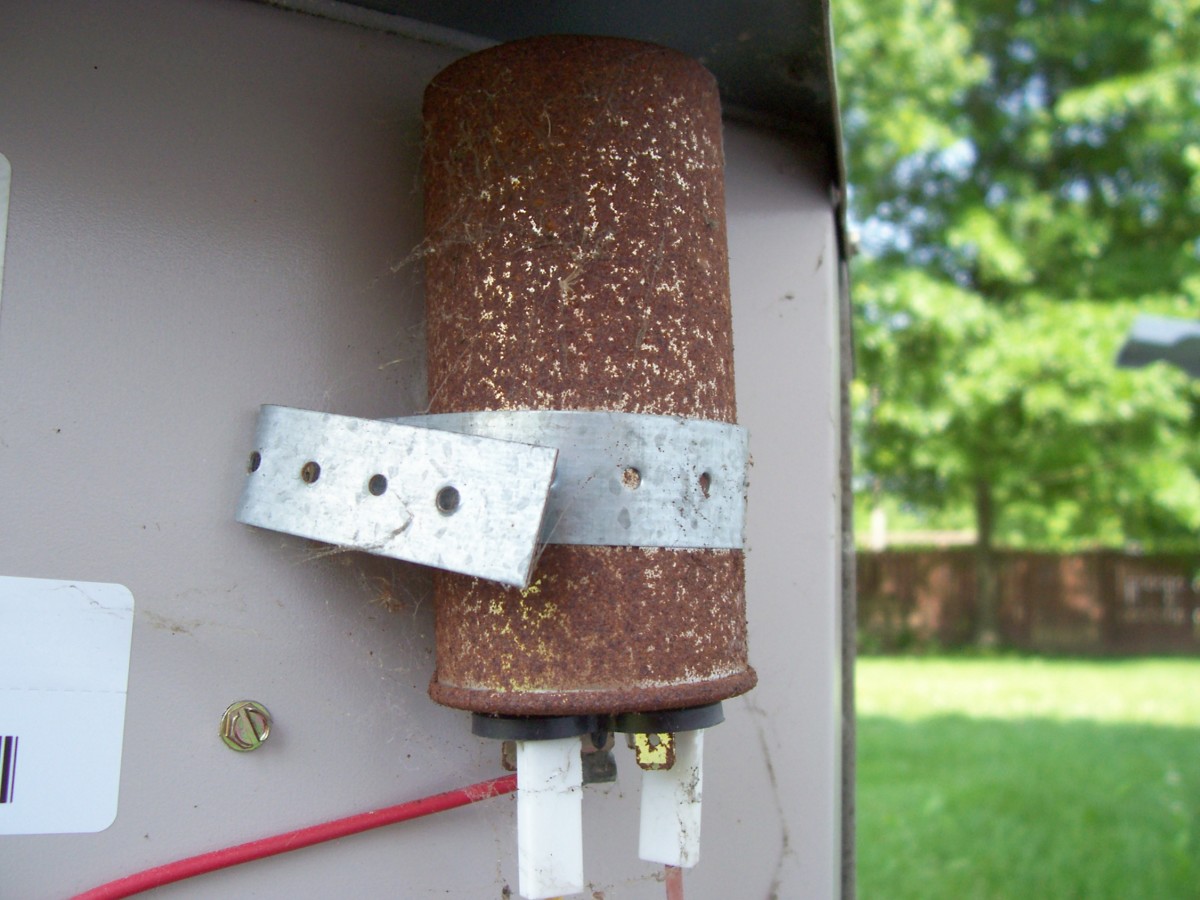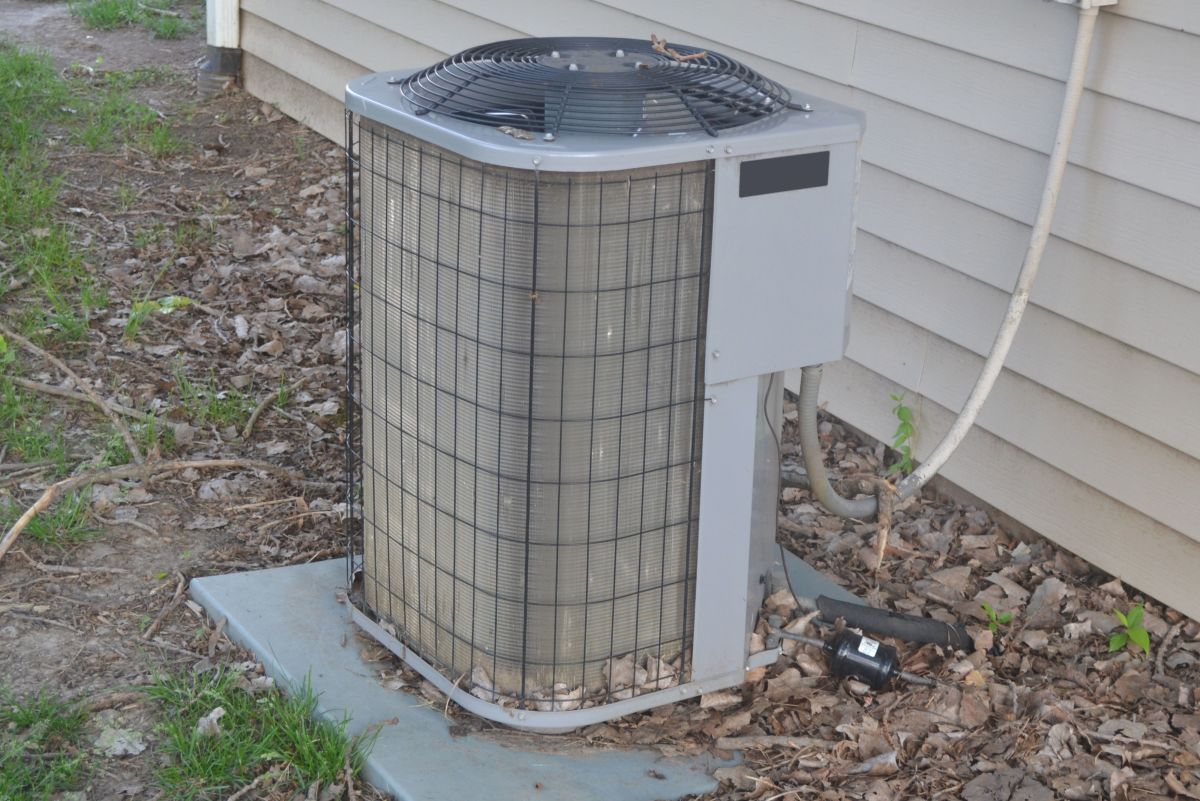The Joys of Having a Real Open Fire

A House Which is a Home
As a child I grew up in a new build modern style house with central heating and an artificial fireplace. There were no features and it certainly lacked character as a house.
But my parents added their own character to it with old fashioned dressers and side boards, decorative china, vintage clocks and stylish lamp stands. In this modern shell it was filled with nostalgia of times gone by.
It wasn't until I bought my own house that I really enjoyed the style of period properties. Before then I had rented new homes and kept them fresh with modern pieces of furniture. Adding trinkets and priceless ornaments didn't seem to really 'go'..
It took about 20 seconds before I knew I wanted to buy my house. That really was a good sign. Others we had seen didn't measure up. They were all lifeless with minimal space. But this was different. A Victorian cottage style house with all the original touches: Wooden flooring, sash windows and fire places. Real ones.
There is nothing like having a real open fire. It's homely, cozy, cheaper than gas, and great at Christmas time. We had every intention of making use of it.
Sweep the Chimney
As soon as winter was looming, the chimney needed to be swept in order for us to prepare to use it. This was to get rid of all the soot and loose rubble around the inside of it and to ensure a bird hadn't made a nest in there. That would be a major fire hazard.
There are plenty of chimney sweeps in our area, but we decided to buy a chimney brush with rods long enough for our house. We could then sweep it whenever we need to without paying a fortune each time.
As we are friends with our sellers we knew that the chimney was open and in use, but if you are not sure, get in a professional!
Preparing the Fireplace for Sweeping
Now, I've only ever seen a chimney sweep on Mary Poppins, but I can remember the mess it made so didn't want to take any chances! Being a small room, it wasn't hard to cover over.
Use dust sheets to put over your furniture and carpet. If the wind is blowing the wrong way you could get a dusting of soot on your sofa.
Next, tape a large clear plastic sheet over the fireplace. If it is clear you can see what you're doing. Slit a hole through the sheet big enough to get the rods through. As you push the wire brush up the chimney, screw in the rods one by one as you go up. Try not to twist the brush the opposite way as you're cleaning or you will unscrew them again. Go all the way to the top as far as it will go. If you have chimney pots be careful not to knock them off your roof, otherwise poke the brush through the top.
With any luck all of your soot will have landed neatly in the fireplace ready to be cleared away and your room with be dust free.



Purchasing Your Fireplace Accessories
Now that you're ready to light your fire, all you need are your tools and equipment. This will include:
- Fire Basket or Grate
- Tool Set
- Coal Bucket
- Fire guard
- Log Basket
- Coal
- Untreated Wood
- Kindling
- Lots of old Newspapers
Depending on where you live you may be lucky enough to stumble upon some antique shops that sell original or newly made accessories. It's always worth a look around these stores as you might bag a bargain. Some items may be hidden, so take a good look.
You can also go online. Some places deliver, and some sell restored items. Also check ebay or your local adverts.
1. Get yourself a grate or basket for your wood and coal. Measure the width and depth of the chimney and get one of suitable size.
2. Next, get yourself some tools. You will need tongs to handle the coal, a brush and pan set to sweep up the mess and a poker to get the fire going.
3. A coal bucket and log basket are a good idea to keep everything tidy and to hand. Coal can make your hands and flooring dirty, so transfer from the bag to the bucket, then to the fire. If you are lucky enough to have an outdoor coal shed, you can buy coal in bulk and store it out there.
4. A fire guard is important for when you leave the fire unattended. It stops embers jumping out and possibly setting something in the room on fire. It is a good precaution, but if you keep the fire controlled, you should be fine.
5. Find somewhere to get your wood and kindling. If you can get hold of a supply for free, you're laughing. Otherwise you'll be paying hardware store prices for smaller amounts.
Telephone tree surgeons for off cuts, or check local newspapers for anyone giving away free wood or pallets. Use logs or chunky pieces of wood for longer burning, and smaller pieces as kindling to get the fire started.
Just be careful though. Make sure the wood is untreated and has no chemicals, paint or varnish on. This can be lethal when burning in your home. Freshly cut wood may contain sap, which spits when burning. It really needs a few months to dry out before use.
Gone are the days where you can buy coal from the coal van along your road (yes, I am too young to remember that). Instead try you local stores. Large hardware stores and garden centers tend to sell big bags and offer discounts if you buy more than one. Check your area before buying as you may have to use smokeless fuel, especially if you live near an airport.



How To Light Your Fire
Now that you've swept your chimney and have everything you need, you can get started.
You would usually rake off old cinders and ash to free up your grate (so airflow isn't restricted), but for your first fire this won't apply.
Screw up a few pieces of newspaper or recycled old paper. Stack some dry kindling on the grate on top of the paper and light with a long safety match. If your fire won't start use firelighters to help.
Once the fire is established, start adding coal using your tongs. Build it in a pyramid shape and add slowly. Fire needs oxygen to get going.
When it is pumping heat, place a dry log on the top of the coal. Your fire will be roaring and last and you won't need to use as much coal.
Towards the end of the evening when you want your fire to die down slightly, remove the log and allow the coal to burn off slowly. Put the guard up when you go to bed.
Firebacks
Cast iron Firebacks are a wonderful feature for your fireplace, and they serve a purpose too.
They usually come on a stand or feet and will have a decorative pattern which would typically be a crest or crown of royalty. They were once used by royalty as statement pieces dating back to the 15th century, but later used more widely .
The purpose of them is to protect the bricks in your fireplace from crumbling and turning black from the fire. Being metal they also conduct heat, acting like a radiator adding extra warmth to your home.
Firebacks can be purchased from fireplace experts and antique dealers, from classic to modern. It is recommended to purchase a Fondue concrete or Fireclay back if you use smokeless fuel, as it can be too harsh on cast iron.
Next Winter...
As I mentioned at the beginning, our house has more than one fireplace. We also have a larger hearth in our dining room. This will be perfect for a wood burning stove and in turn hopefully cut our fuel bills right back and enjoy the comfort.




